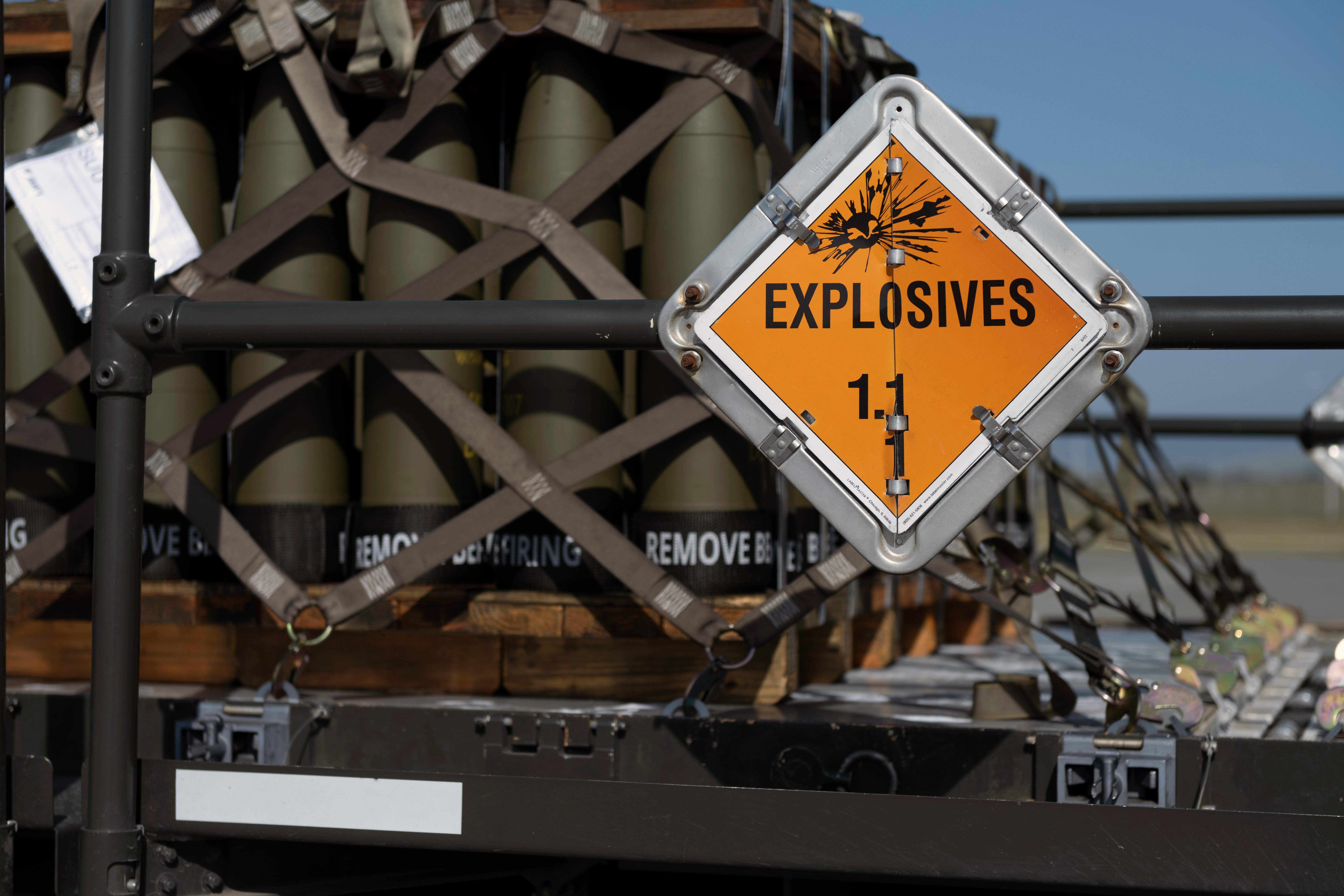
Overview of U.S. Security Assistance to Ukraine
The following is the June 6, 2022, Congressional Research Service In Focus report, U.S. Security Assistance to Ukraine.…
Copyright 2024 U.S. Naval Institute. All Rights Reserved.